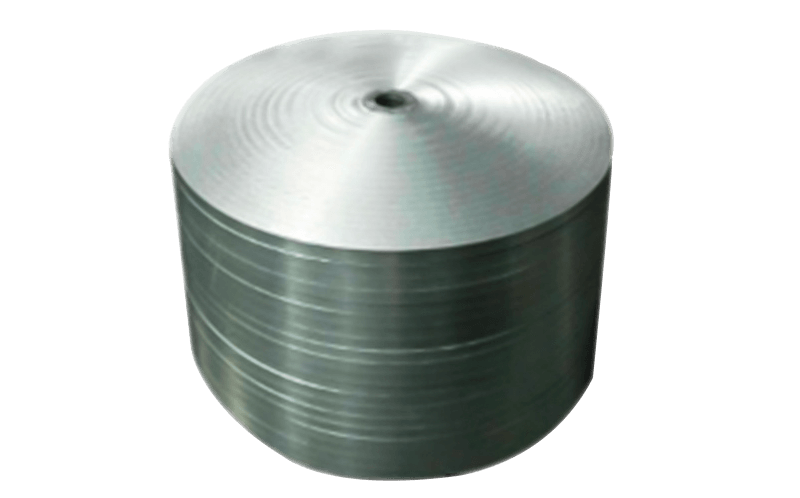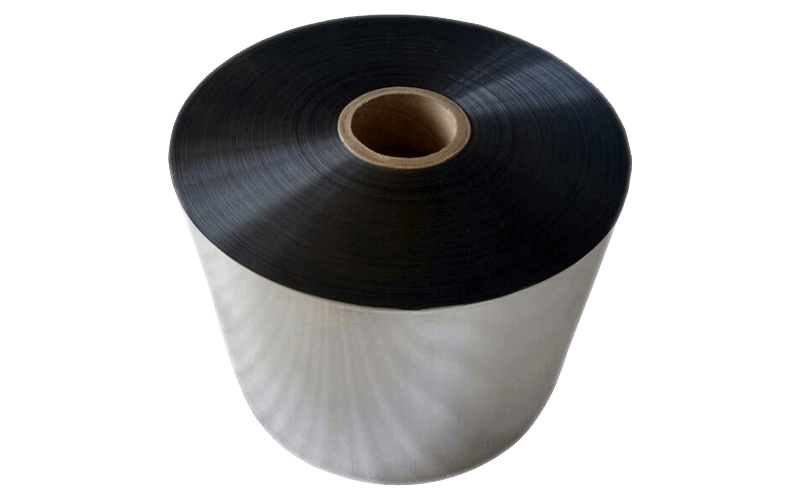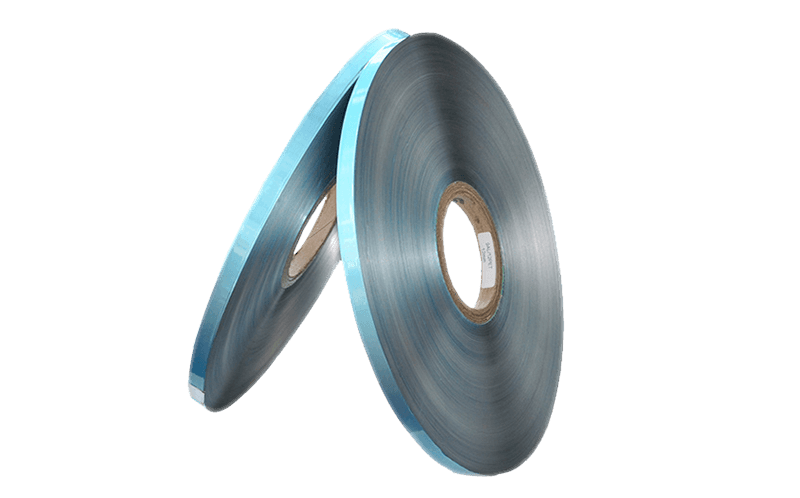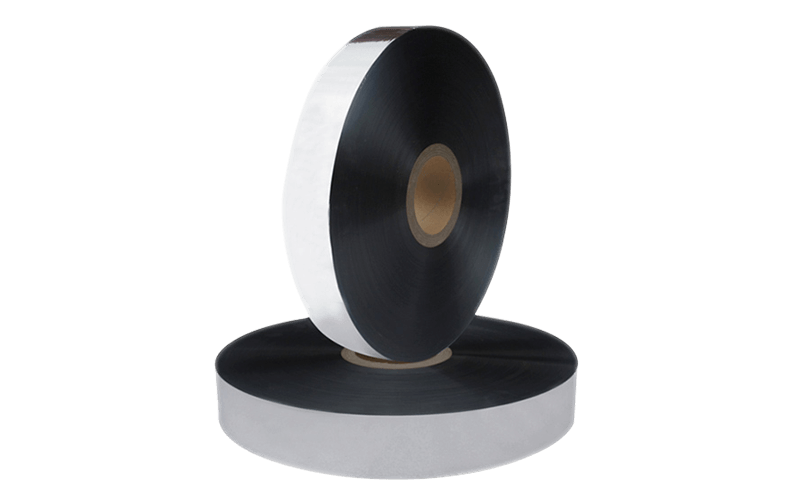There are various types of Cable Shielding Materials. T […]
There are various types of Cable Shielding Materials. These can range from aluminum to microporous membranes. The purpose of a cable shield is to prevent electromagnetic interference. Listed below are four types of shielding materials. These materials have various advantages and disadvantages. Learn more about each type and how to choose the best one for your application.There are two main types of cable shielding material: foil and braided cable. Both types have their advantages and disadvantages, and you should choose one based on your specific needs. Foil is a good choice for high-frequency applications, while braided is good for lower-frequency applications. If you're unsure which one to use, consider the size of the project, the application area, and the rigid conditions of the environment.The cost of shielded cables is more expensive than their unshielded counterparts.

Place of Origin:Zhejiang, China
Model Number:DX201010-13
Material:AL+PET+AL
Main Products:AL/PET foil, PET film, Meatallized film ,PVC film
Type:Insulation Tape
Application:flexible air duct & cable
The shield layer requires additional materials, so a 20-foot cable can cost up to 20 percent more. In addition, shielded cables are larger than their unshielded counterparts, which can be a problem if you have a space-constrained design.Aluminum cable shielding materials are a good choice for cable protection because of their low weight and high resistance to electromagnetic interference. These materials are usually made up of aluminum and a thin layer of copper. The foil is wrapped around the wire jacket in a helical pattern to form a shielding layer. Once this is finished, an outer jacket is applied. In this way, the conductors are completely covered. Because they are so thin, they are also inexpensive.Aluminum is also a good choice for cable shielding because it is a non-ferrous metal with a high strength-to-weight ratio.
This makes it easy to work with and allows for modifications and prototyping of new designs.Microporous membranes are versatile cable shielding materials that are resistant to electromagnetic interference. There are many types of these membranes and many configurations of membrane assemblies. In this article, we discuss the properties of these membranes, and discuss the mechanisms of enhanced WVT agent blocking.Microporous membranes have a good permittivity and conductivity and are a highly efficient EMI shielding material. Their conductive dielectric content and low density contribute to their high EMI SE. The shielding mechanism relies on a balanced ratio of SEA and SER, with the latter being the dominant mechanism.
Spiral cable shielding materials consist of multiple copper strands that are parallel to each other. These cables are easier to construct and stretch, and are less likely to break when pulled. However, these shielding materials have drawbacks: the strands can gap apart when bent or twisted, and these exposed areas can lead to frequency interference. Spiral cable shielding materials are often used for patch cables.Spiral shields are best for audio and microphone cables, but are less effective for high frequencies. Braid shields minimize low-frequency interference but offer better physical protection than spiral shields. Braid shields have a low DC resistance, making them an excellent choice for applications with low-frequency radio frequency signals. Braid shields are also more expensive, which makes them less desirable for high-frequency applications.



